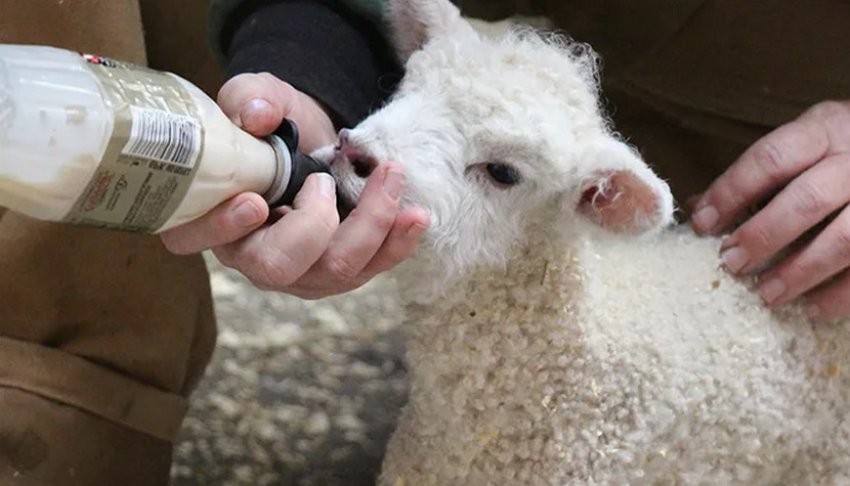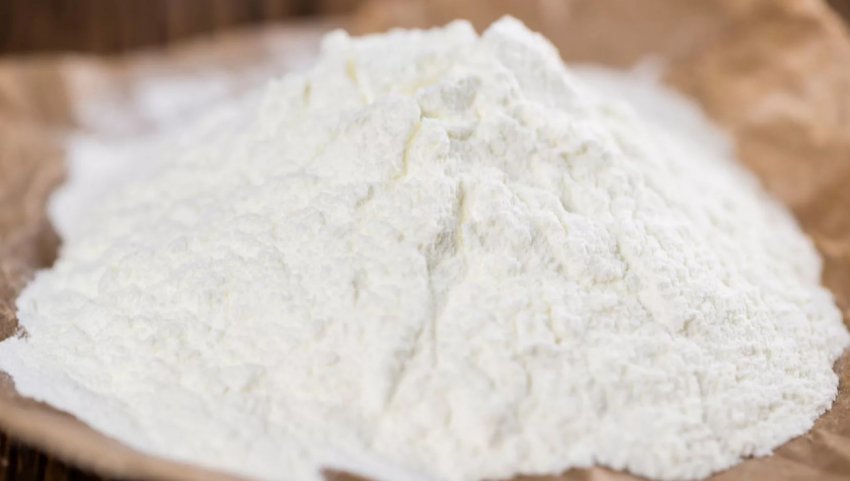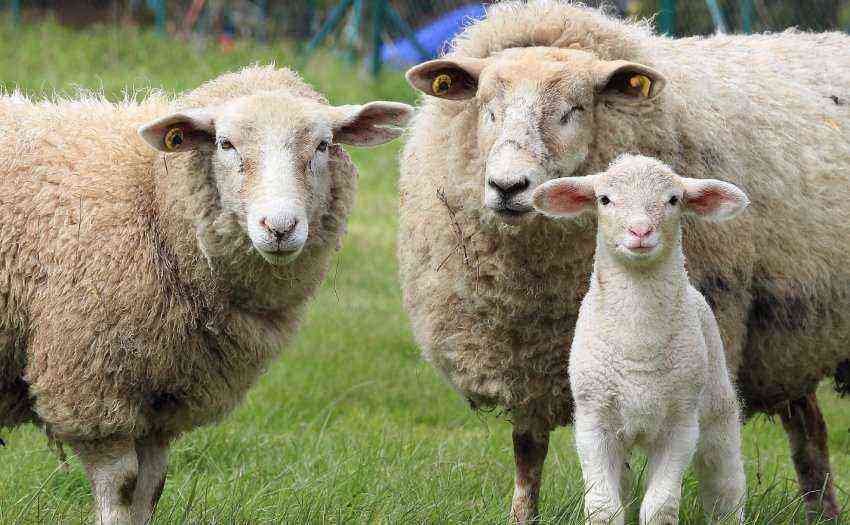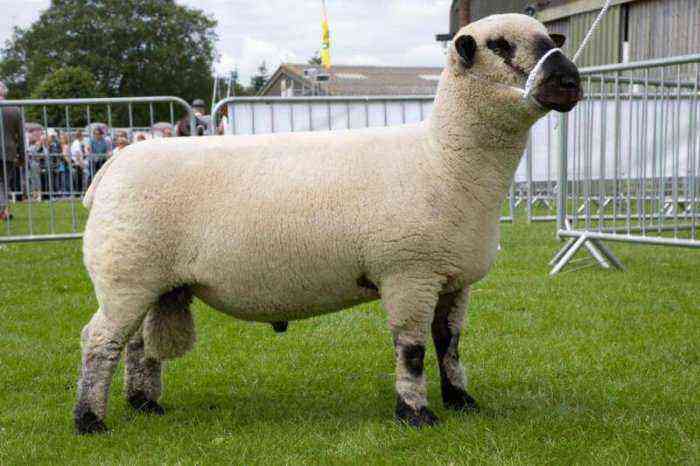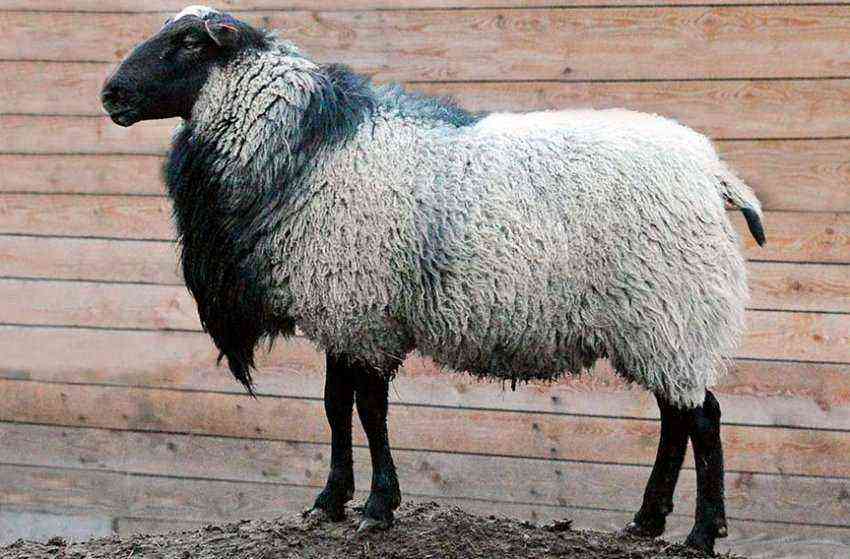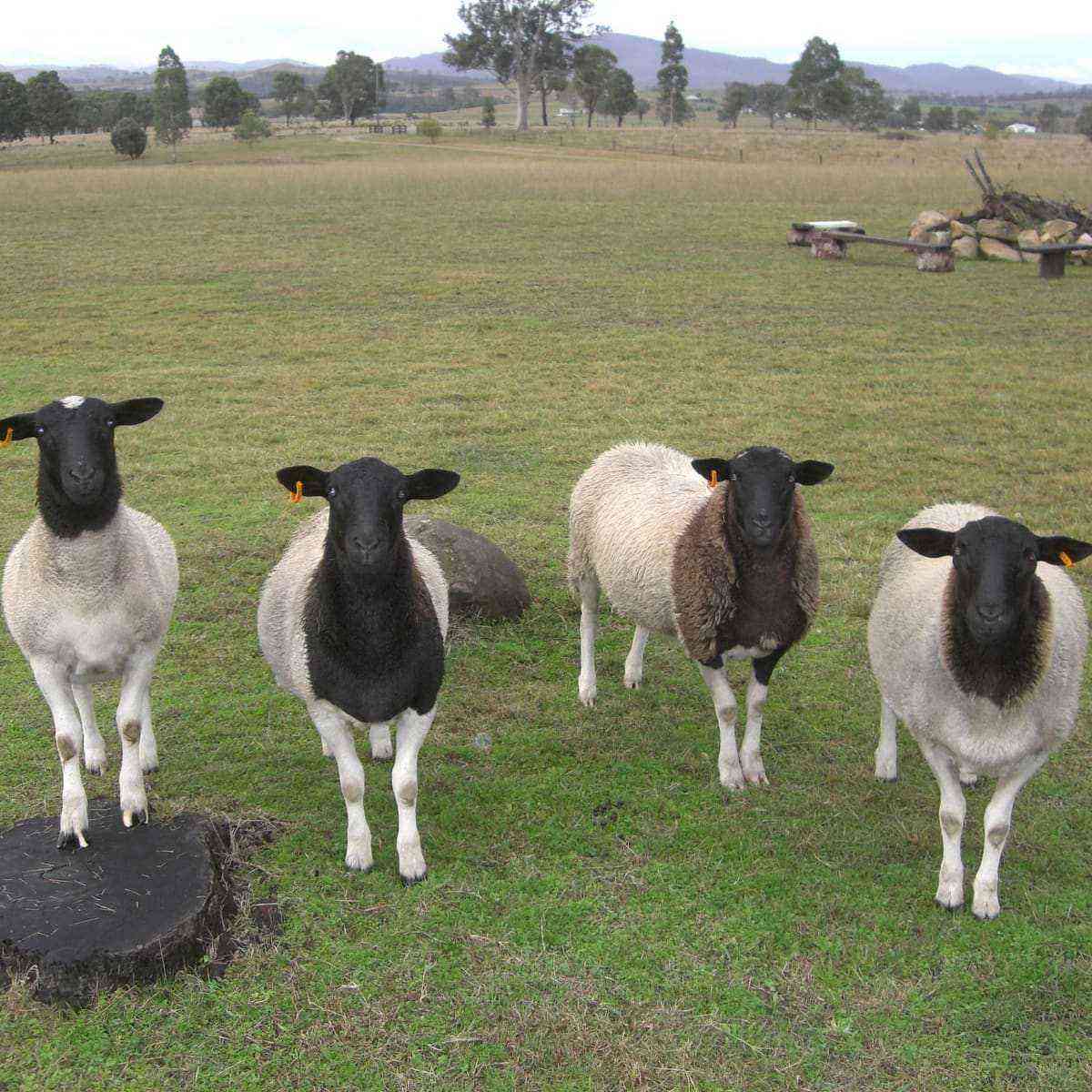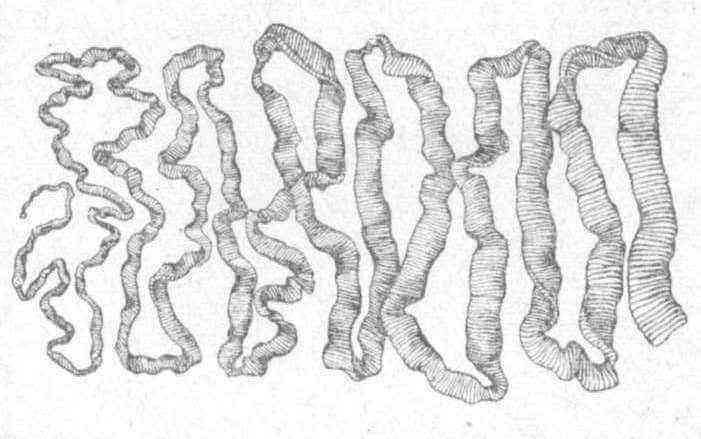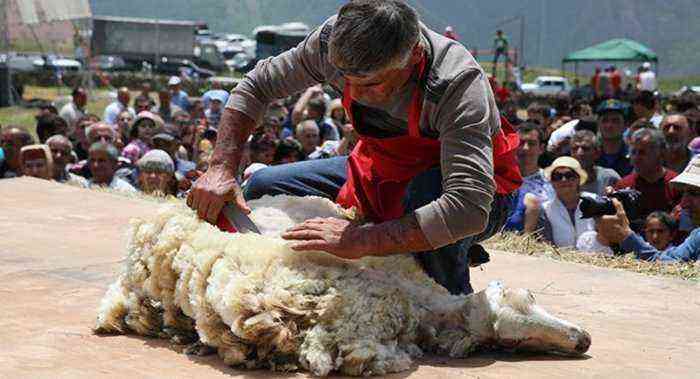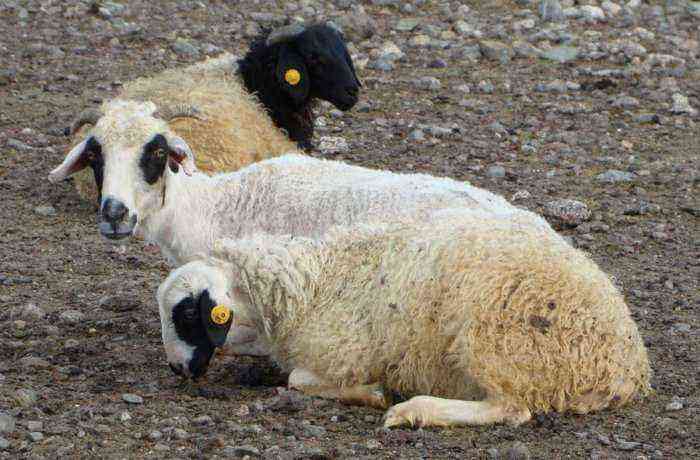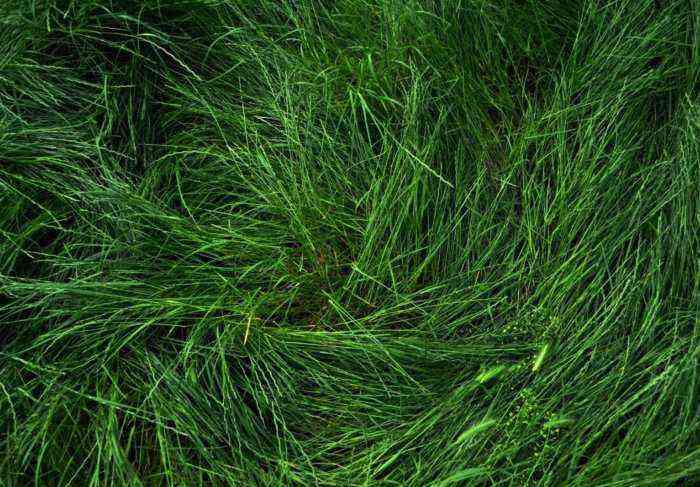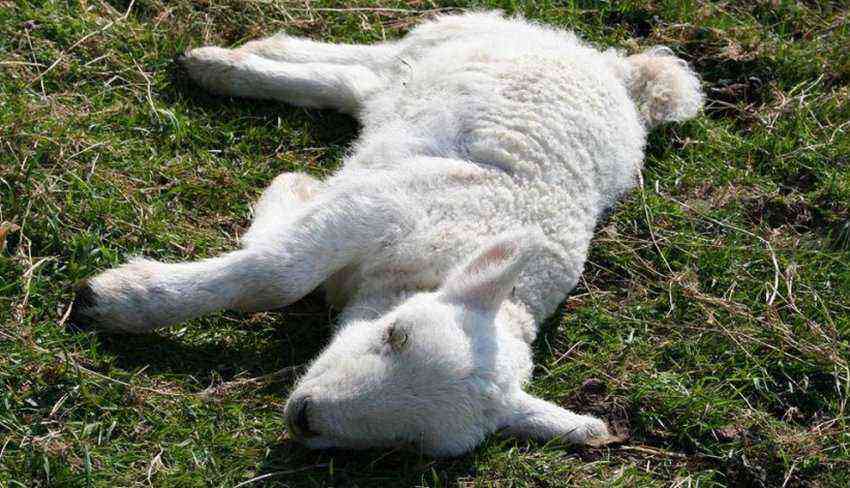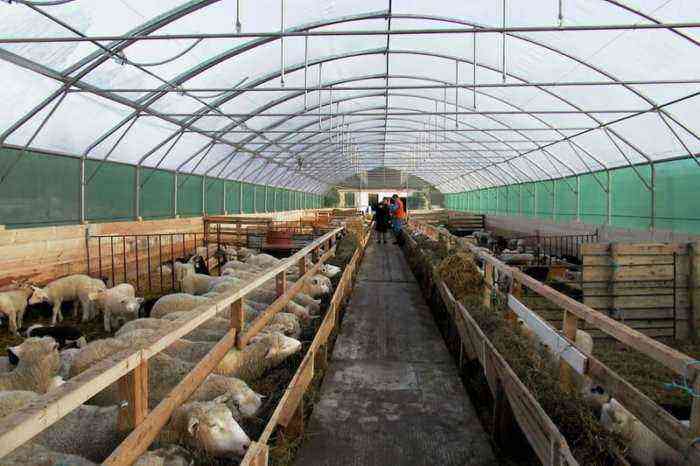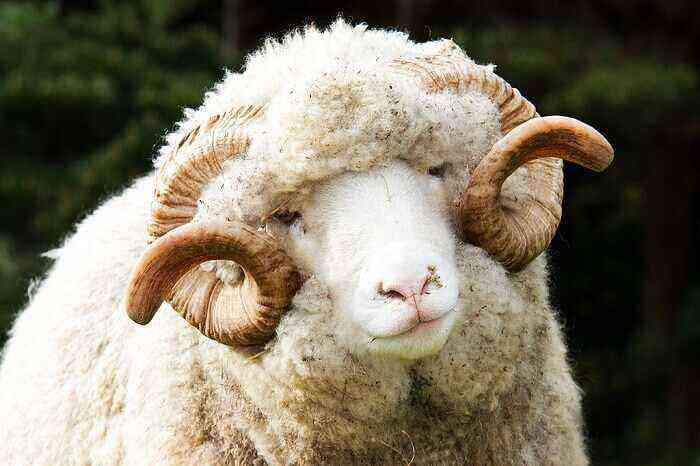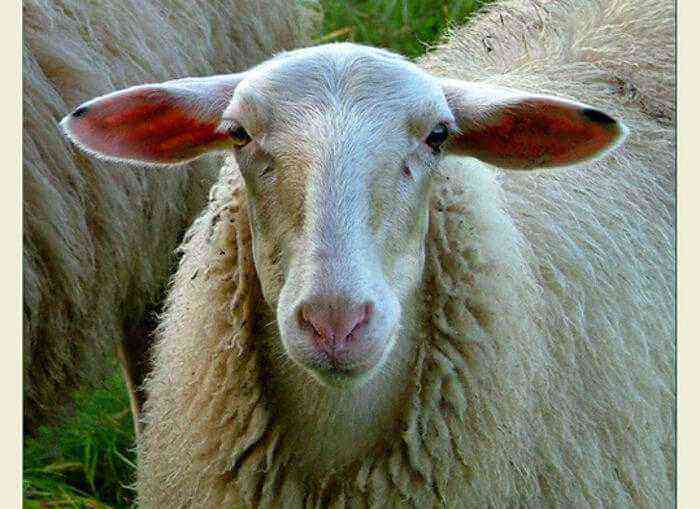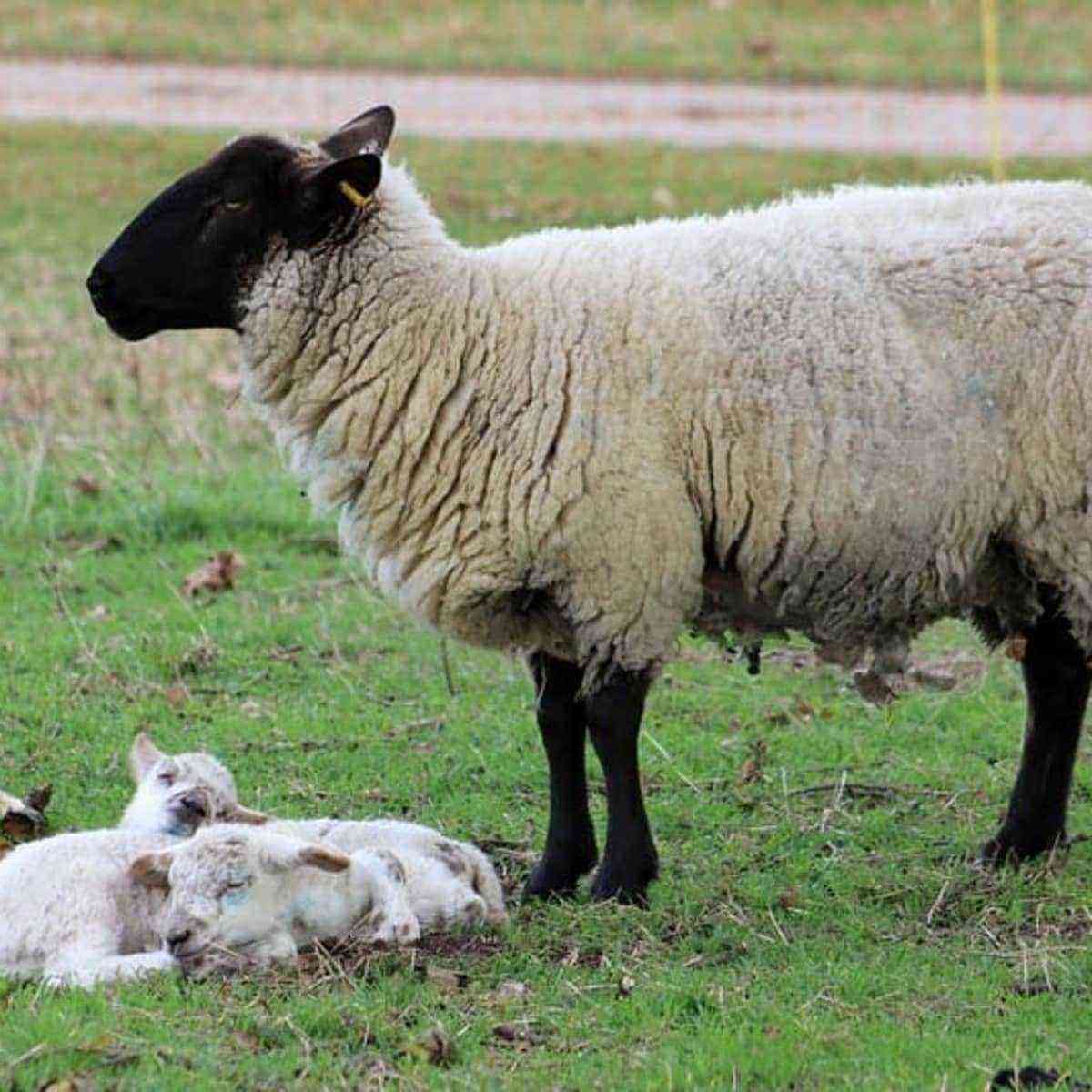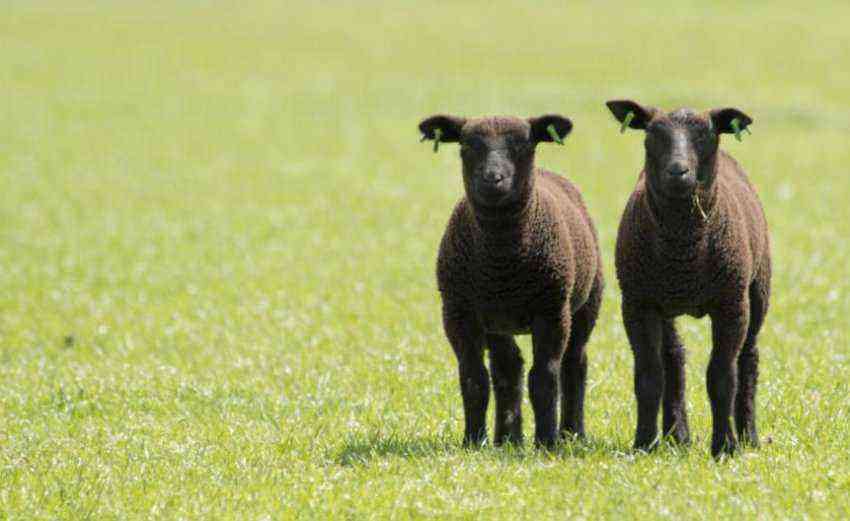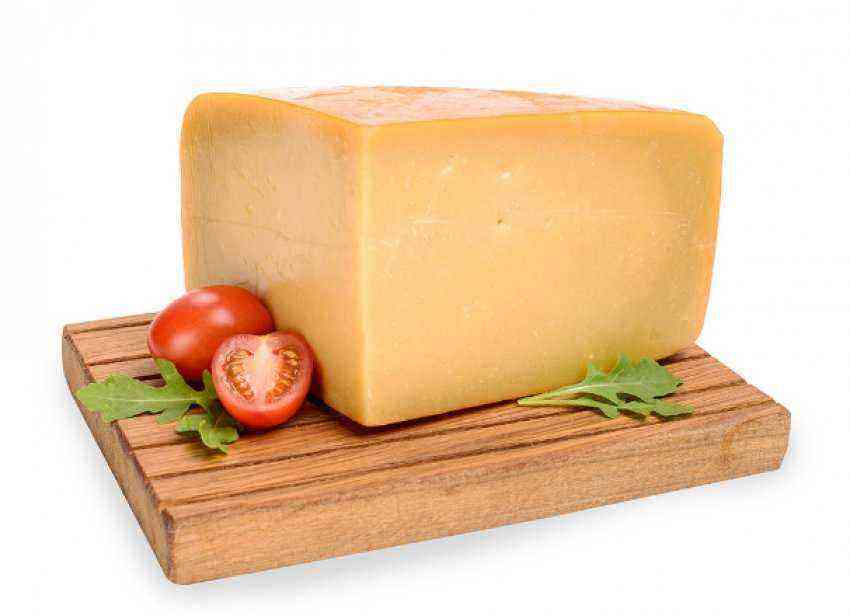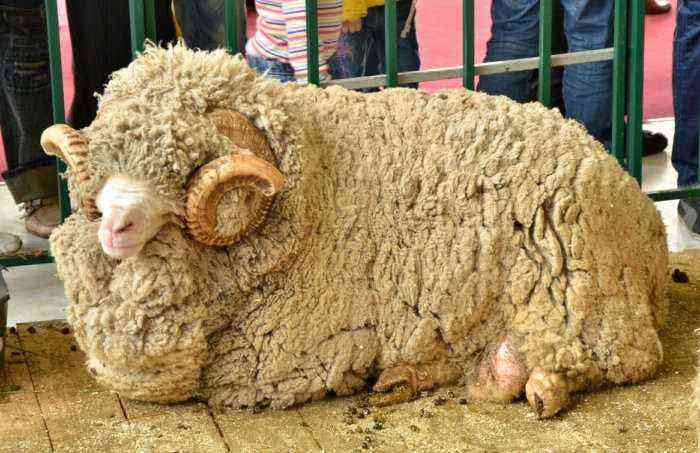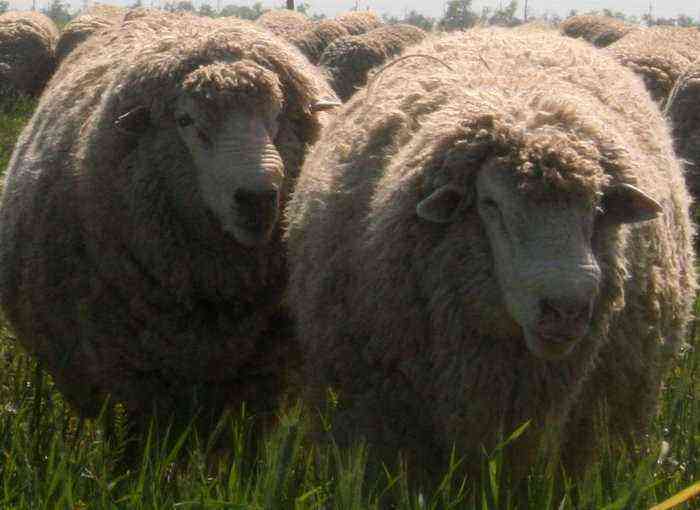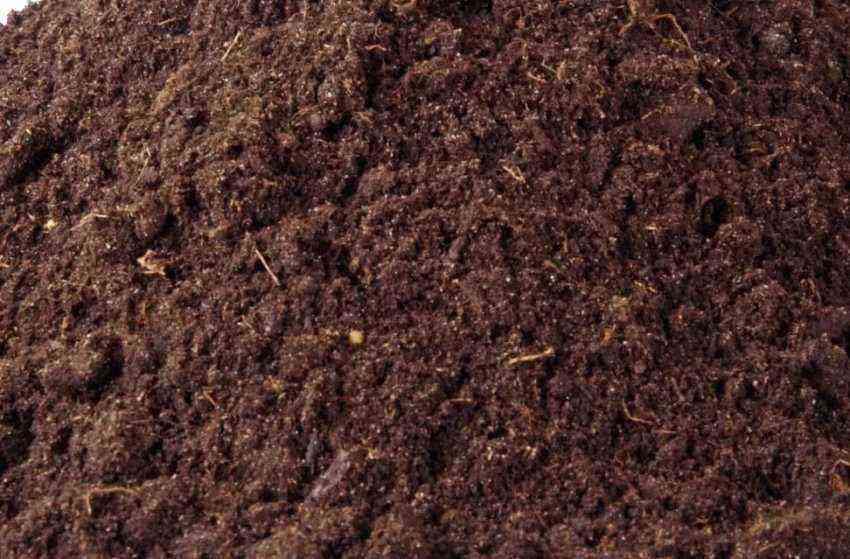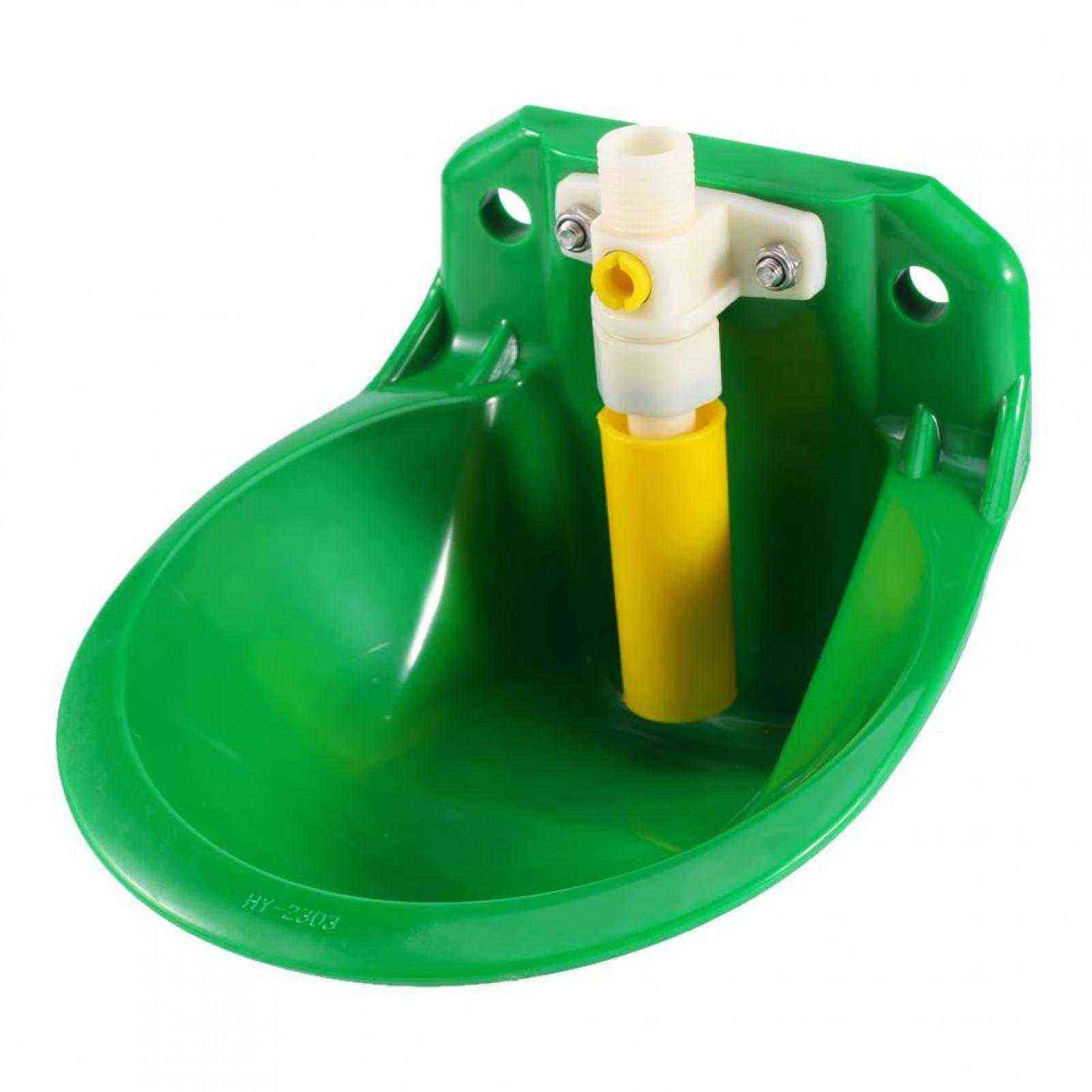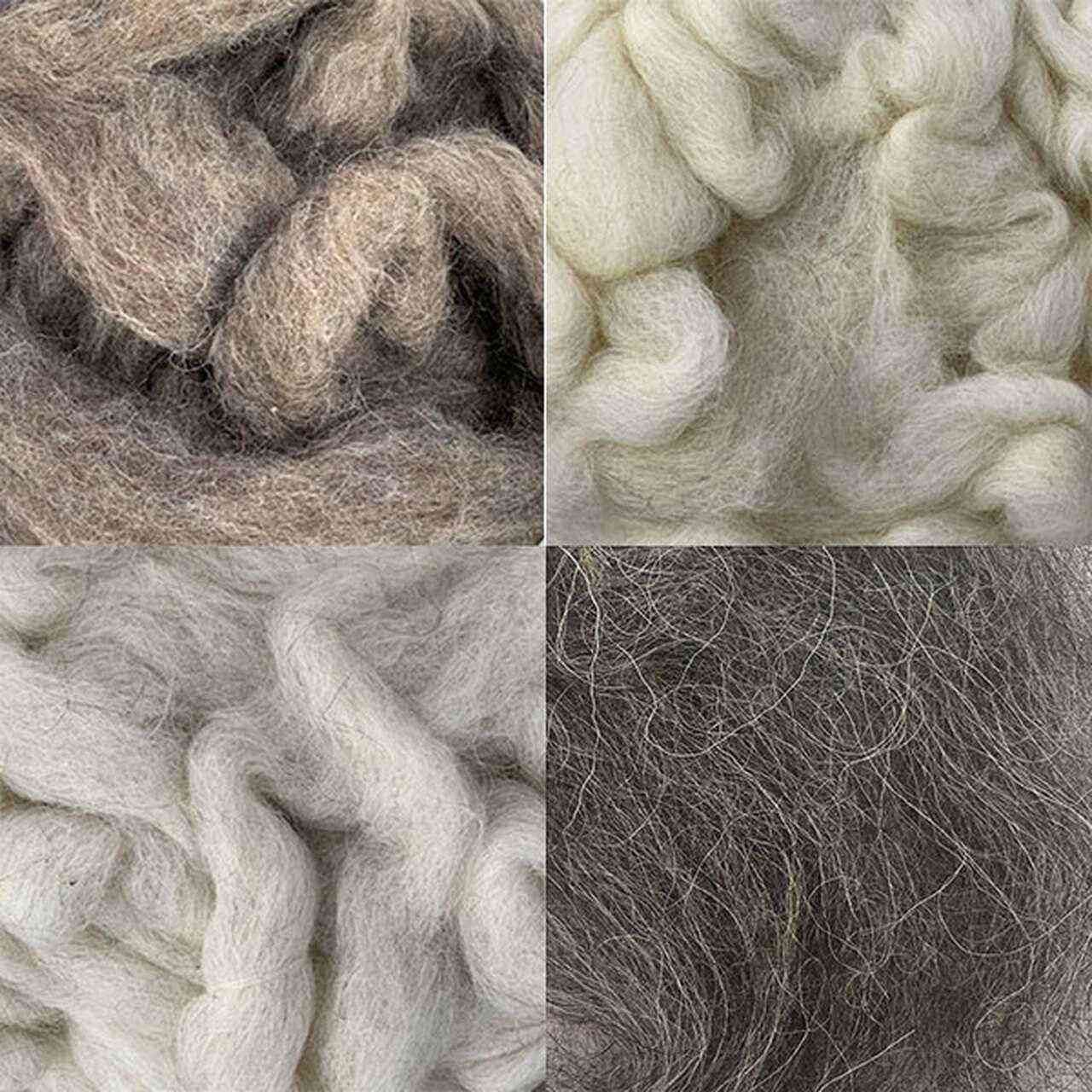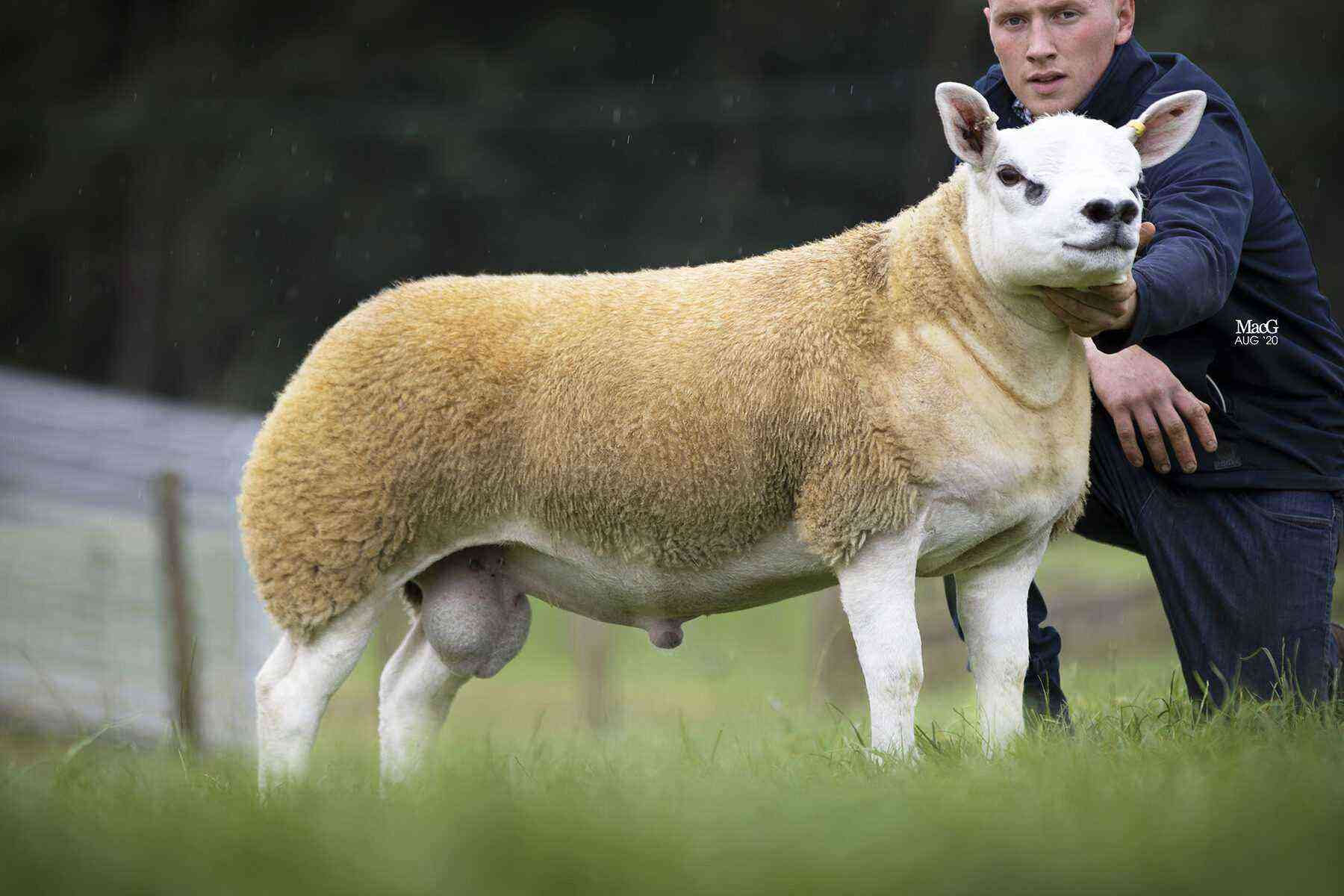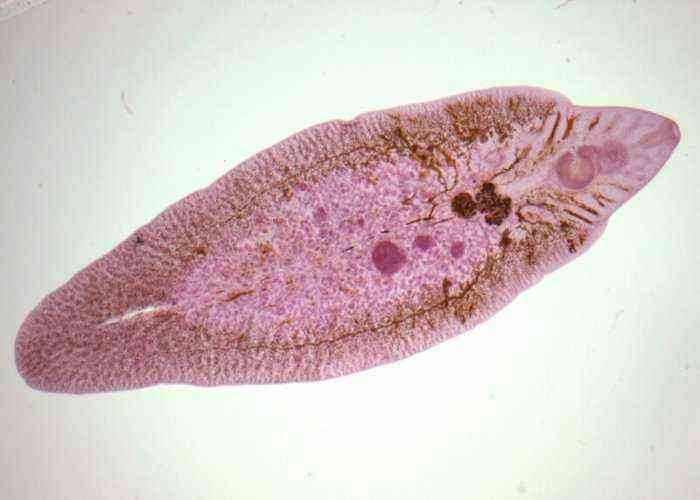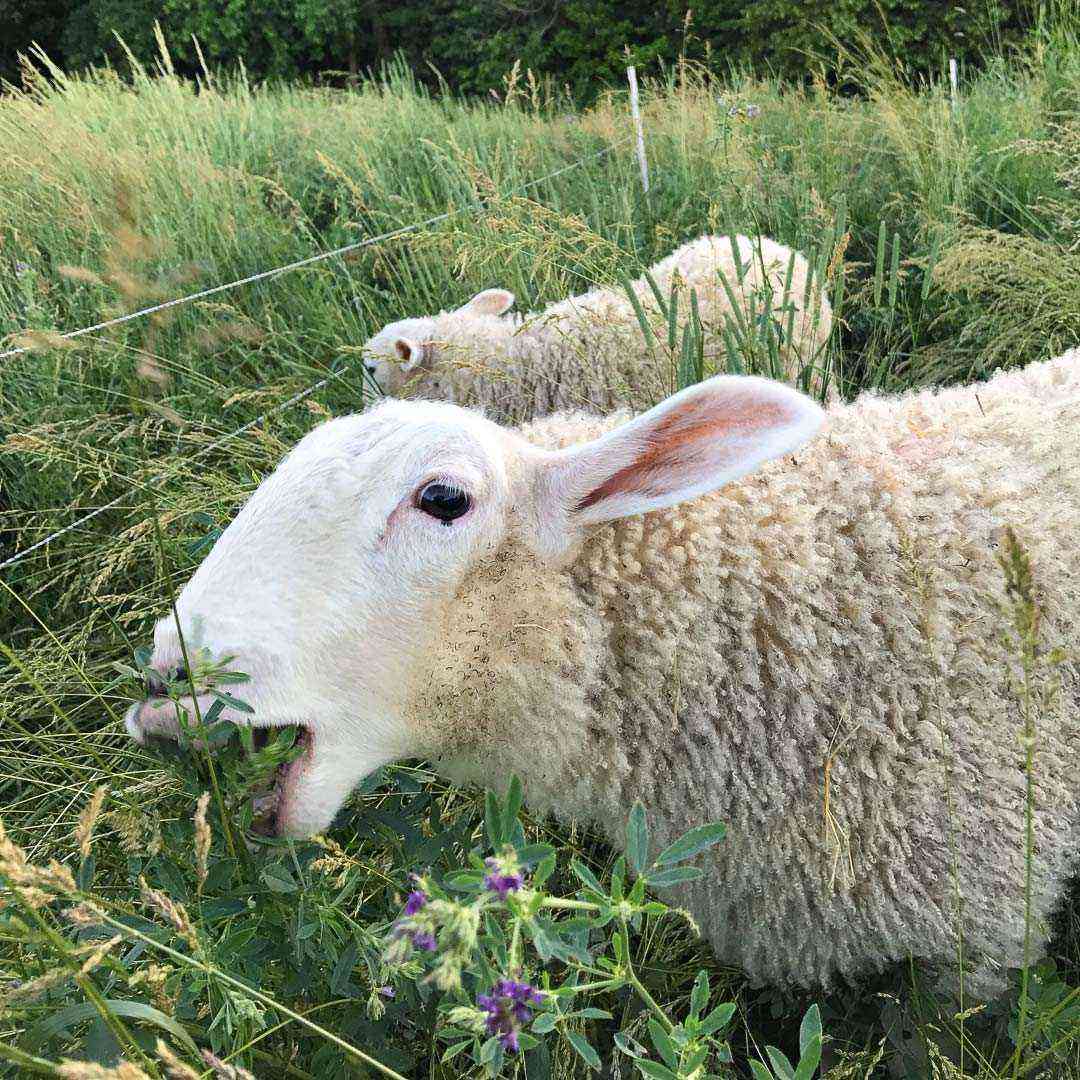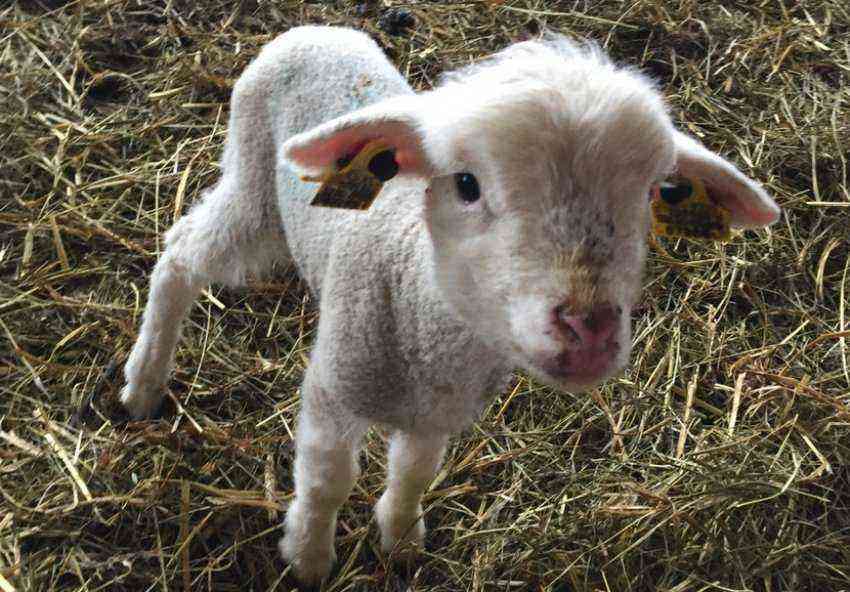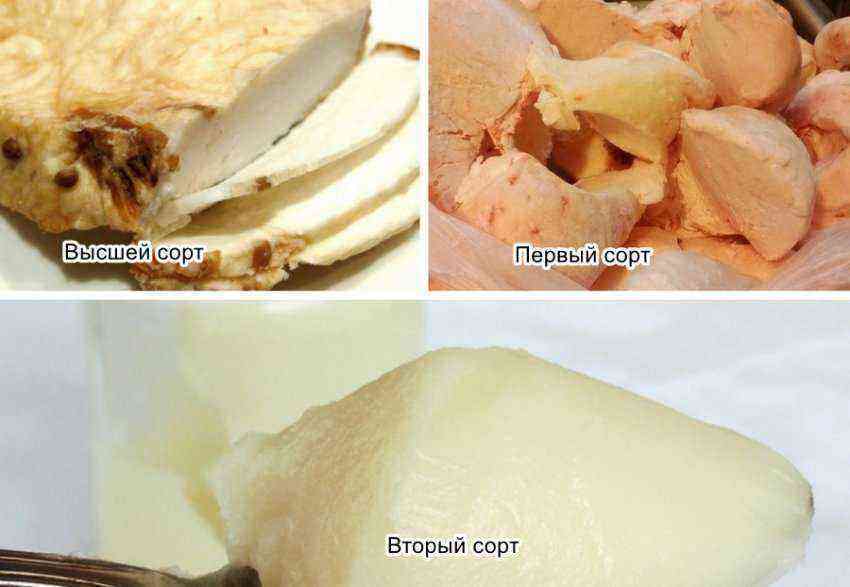A lamb, for some reason left without a mother, is not easy to feed at home, but real. To do this, you can use cow’s or goat’s milk, special dry mixes or regular milk powder. More about such feeding – later in the article.
Artificial feeding of lambs
There are times when a lamb is left without a mother: the sheep died during childbirth, or for some reason she categorically does not accept the baby. In addition, if there are 3 or more newborns, the ewe may not have enough milk to feed them. In all these cases, the offspring must be transferred to artificial feeding.
The value of colostrum for lambs
Colostrum is the first milk of a sheep, it has a yellowish color and a thick, viscous consistency. Gradually, the color and consistency change, and by the 4-5th day after lambing, the sheep begins to give the usual white liquid milk.
Colostrum contains a large amount of antibodies that are needed to build immunity in a lamb, and enzymes that a newborn needs to start digestive processes. That is why every effort should be made to feed the baby at least once with the colostrum of the mother or another ewe. If this is not possible, cow or goat colostrum can be used.
Important! If in the first 2 hours of life a newborn lamb does not receive food, the swallowing reflex may become dull and it will be very difficult to feed it.
Replanting under another ewe
Sheep are very good mothers. They not only feed the lambs, but also educate them: they teach them to chew hay, prevent fights between the cubs, etc.
The uterus is considered optimal for replanting, the terms of delivery of which are as close as possible to the date of birth of orphans. Usually they choose those sheep that have one cub born, or the offspring was born dead.
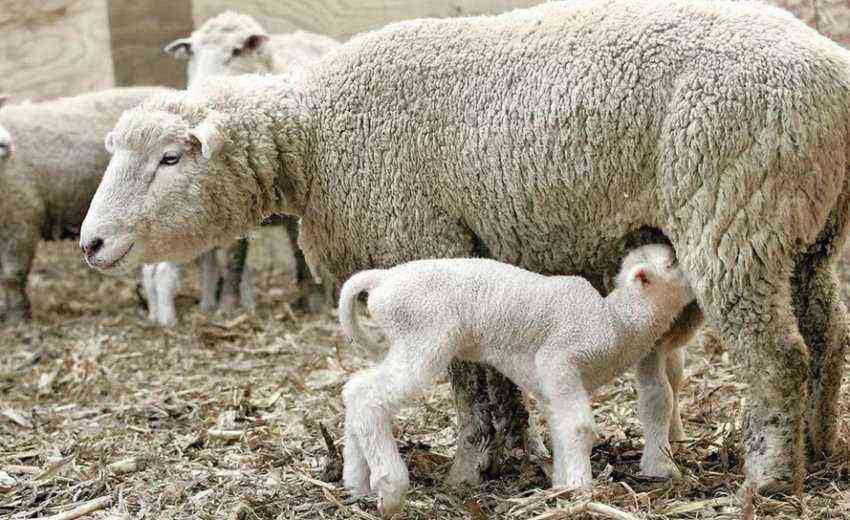
However, the mothers distinguish their children from strangers by smell and smell the difference very sharply. Therefore, there is practically no chance that a sheep will accept other people’s babies voluntarily.
There are several ways to fool her instincts:
- The foundling should be lubricated with amniotic fluid or colostrum of the host uterus and allowed to lick it. Licking, she will leave her smell on the baby and will already consider him native.
- With a large difference in the timing of the birth of the lambs, they should be bathed together in salt water, carefully rubbing against each other. Thus, the smells will mix and the mother will take both cubs for her own.
- If the uterus gave birth to a dead baby, remove the skin from it, wrap it in the skin of a “foreign” lamb and plant it under the uterus. When it becomes clear that she has accepted the baby, the skin can be removed.
- To replant lambs under abundant milk queens, they make “otsarks” – a separate room where the sheep is fixed in such a way that she can only lie down and get up. Sheep should not be able to turn their heads to see and smell children, or kick them. Lambs, on the other hand, run free and can suckle it whenever they want. On the 4th-5th day of such content, all smells are mixed, and the uterus considers all babies to be its own.
Feeding with cow’s milk
Cow’s milk is significantly different from sheep’s milk in composition: it contains much less fat and much more lactose. This difference in composition often leads to indigestion and diarrhea in the offspring. Over time, the microflora of babies adapts to uncharacteristic nutrition and digestion normalizes.
To reduce the chance of problems when feeding with cow’s milk, use only paired homemade and only from under the same cow. If this is not possible, it is boiled, cooled to a temperature of 30 ° C and only then fed. This allows you to kill microbes and make food easier to digest.
The most ideal option is to use a cocktail that is close in composition to sheep’s milk. To do this, 1 liter of milk is mixed with 1 chicken yolk, 1 tbsp. spoon of fish oil and 1 tbsp. a spoonful of sugar or honey.
Did you know? For a lamb weight gain of 100 g, 0,5 liters of feed is required.
The diet of newborn lambs:
- In the 1st week of life – 6-8 times a day every 2-2,5 hours, excluding night time. One-time norm – no more than 150 g.
- On the 2nd week, the number of feedings is reduced to 4–5, and the one-time rate is increased to 300–400 g.
- From the 3rd week – 3 times, one-time volume – 500-700 g.
- From the 4th week, the cubs are transferred to 2 meals a day with a volume of 800–900 g per 1 meal.
Powdered milk feeding
Powdered milk is made from whole cow’s milk. In the process of processing and drying, its calorie content decreases.
Since whole cow’s milk without additives is not very suitable for lambs in terms of composition, and even after drying it has a reduced calorie content, it is undesirable to feed lambs with a simply diluted dry product.
To make feed based on milk powder suitable for lambs, fats, glucose and trace elements must be added to it. For this, as in the case of liquid cow’s milk, honey or sugar syrup, fish oil and chicken yolks are used.
Prepare the nutrient mixture as follows:
- 1 liter of milk solution;
- 2–3 tbsp. spoons of liquid honey or syrup;
- 2 chicken yolks;
- 1 st. a spoonful of fish oil.
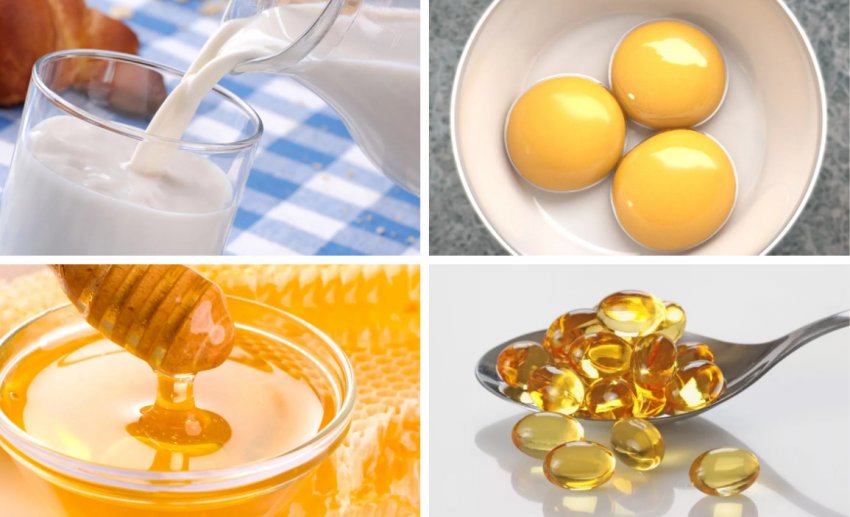
The right choice: formula or powdered milk
There is a special mixture for feeding lambs – ZOM (sheep’s milk substitute), which is made taking into account all the needs of these cubs. It contains vitamins and microelements (copper sulphate, table salt, bicarbonate of soda, cobalt chloride, potassium iodide, sodium selenite, butylhydroxytoluene, santoquine and chlortetracycline) that contribute to the formation of immunity.
Important! If it was not possible to purchase ZOM, you can feed the lambs with ordinary infant formula.
2 types of ZOM are produced:
- for babies from birth up to 2 weeks inclusive;
- for adolescents from the 3rd week to 1,5 months.
With age, lambs need less fat, which is taken into account in the composition of the ZOM. The mixture should be diluted in a ratio of 1 kg of powder to 9 liters of water and immediately given to the lambs without adding any ingredients.
Unlike ZOM, the composition of a regular dry milk product is not adapted to the needs and microflora of lambs, so other components are added to it. If pure formula is given to babies, they may swear, grow poorly, become lethargic and weak.
How to properly dilute milk powder: proportions
Dry milk powder is not enough just to fill with water and stir. In this case, you can get only a whitish slurry with lumps.
Did you know? Dry proteins dissolve for a long time, so diluted milk must be insisted. If this is not done, small crystals remain in the solution, which impair digestibility.
The instructions say that you need to dilute milk powder at the rate of 1 part powder to 4 parts water. To get a truly white homogeneous liquid, you need to do the whole process correctly:
- Boil the water first, then cool to 50-55°C.
- Pour the dry part of the mixture into a mixing bowl.
- Pour a little water into the container with the powder and mix thoroughly until a homogeneous slurry is obtained. This process usually takes 2-3 minutes.
- When all the lumps have dissolved, pour the remaining water into the mass.
- Leave the finished product for 30–40 minutes to completely dissolve all particles.
Feeding the lambs with milk
In the first days, the cubs eat little, but very often. When kept together with their mother, they can suck the udder up to 20 times a day. Therefore, it is quite difficult to feed the lambs on your own.
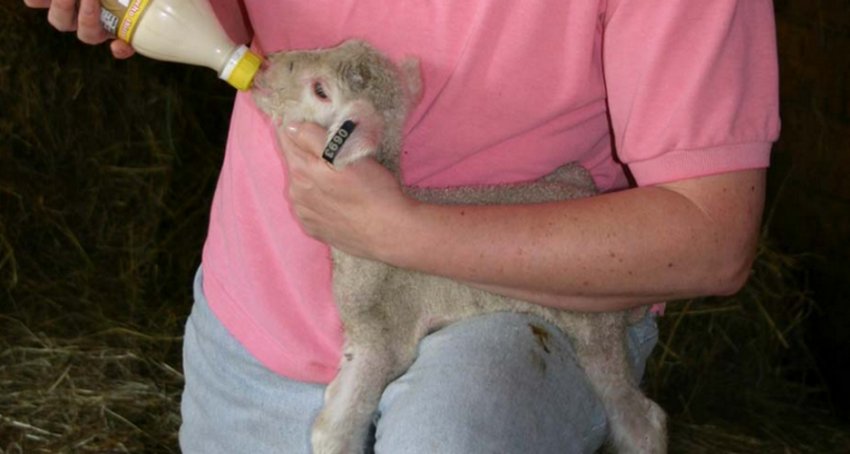
Frequency and volume of milk per feeding
The frequency of feeding and the amount of consumption depends on the age of the lamb. From birth, the offspring need to be fed often and in small portions, with age, the number of feedings is reduced, and the volume of servings is increased.
Age
Feeding frequency
Volume of one-time consumption
Birth to 7 days 6-8 feedings/day Up to 150 g 8 to 14 days 4-5 feedings/day 300-400 g 15 to 21 days 3 feedings/day 500-700 g 22 to 60 days 2 feedings/day day 800–900 g From 61 to 90 days 2 feedings/day 400–600 g From day 91 — —
Powdered milk – not the best product for feeding motherless lambs. Much more suitable is goat’s, cow’s milk or a special substitute mixture. However, if all the recommendations described in the article are followed, healthy sheep and rams can also be grown on a dry dairy product.
